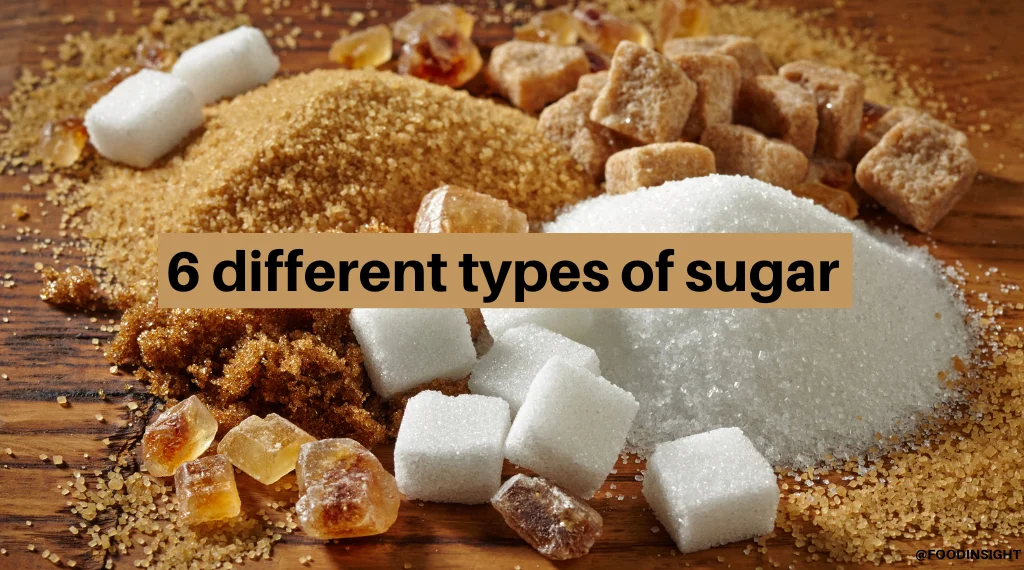The sourcing of beet sugar vs cane sugar affects eco-friendliness in the sugar industry.
The sourcing of beet sugar vs cane sugar affects eco-friendliness in the sugar industry.
Blog Article
Discovering the Distinctions being used and Benefits In Between Beet Sugar Vs Cane Sugar
In the cooking globe, the option in between beet sugar and cane sugar is not merely about sweetness yet includes a nuanced consideration of flavor, application, and effect. While both sugars stem from various plants, each goes through one-of-a-kind production processes that discreetly influence their features and viability for various dishes.
Origins and Production Procedures of Beet and Cane Sugar

Walking cane sugar, on the various other hand, originates from the sugarcane plant, a tropical lawn belonging to Southeast Asia and now grown in tropical areas worldwide. The manufacturing of cane sugar begins with the harvesting of cane stalks, which are squashed to release the juice. This juice is after that steamed to focus it, after which it is rotated in centrifuges to generate raw sugar crystals. These crystals are more improved to produce the white sugar generally offered in stores.

Nutritional Content and Wellness Considerations

When comparing the dietary web content of beet sugar and cane sugar, it becomes noticeable that both types basically give the exact same calorie values, with about 16 calories per teaspoon and no significant nutrient diversity. Both sugars, when consumed in excess, can contribute to elevated blood sugar levels, a danger factor for diabetic issues and other metabolic disorders. From a wellness viewpoint, moderating consumption of any kind of sugar, whether from beet or cane, is a good idea to avoid these possible unfavorable effects on health.
Taste Profiles and Culinary Applications
Regardless of their similar chemical structures, beet sugar and cane sugar differ discreetly in flavor, which can affect their use in numerous cooking contexts. Walking stick sugar typically carries a tip of molasses, also in its refined form, lending a warm, caramel-like undertone that boosts baked goods, coffee, and chocolate-based dishes. This small molasses flavor is specifically valued in the cooking market for including depth to sugary foods and breads. On the various other hand, beet sugar is defined by its extremely refined, neutral preference, making it a versatile sugar that does not modify the taste accounts of dishes. This nonpartisanship is specifically useful in fragile recipes, such as light pastries, creams, and some sauces, where the intrinsic tastes of other active ingredients are intended to stand out. Cooks and food manufacturers could select one kind of sugar over the various other based on the wanted flavor outcome of their culinary creations.
Environmental Effect and Sustainability
While both beet and cane sugars are acquired from plants, their environmental impacts differ considerably because of the distinctive methods of cultivation and handling required for every. Sugar beet farming frequently includes considerable mechanization, which can increase fossil fuel intake and carbon exhausts. Beets can be expanded in cooler climates and require much less watering, potentially lowering water usage contrasted to sugarcane. Sugarcane, on the various other hand, is usually expanded in tropical areas where it depends heavily on these details watering and a much longer growing duration, enhancing its water impact.
In addition, the handling of sugarcane typically creates a considerable amount of waste, consisting of bagasse, which, although usable as biofuel, regularly adds to air contamination if shed inefficiently. Sugar beet processing makes use of more of the raw materials, resulting in less waste. Both sectors deal with obstacles in lowering their environmental impacts, yet ongoing innovations in agricultural techniques and waste administration are intending to boost sustainability.
Economic Aspects Affecting the Sugar Sector
The financial dynamics of the sugar sector are dramatically influenced by worldwide market demands and trade policies. Aspects such as tariffs, aids, and worldwide trade arrangements play essential functions fit the affordable landscape. As an example, in regions where sugarcane or sugar beet production is subsidized, producers may have a financial benefit that allows them to use reduced prices on the global market. This can create variations in success and market accessibility for producers in countries without such subsidies.
Furthermore, variations in global demand for sugar, influenced by dietary trends and industrial use in food, straight impact costs and manufacturing levels. beet sugar vs cane sugar. Weather also play a pivotal duty, as they can considerably influence crop yields and, as a result, the supply chain. This irregularity presents a degree of financial uncertainty that can cause financial investment volatility in sugar production sectors, affecting choices from growing to market strategy
Conclusion
In conclusion, both beet and cane sugar have special top qualities that fit you can find out more various cooking requirements. While cane sugar imparts an abundant flavor perfect article for boosting baked goods, beet sugar's neutrality is excellent for lighter dishes.
Report this page